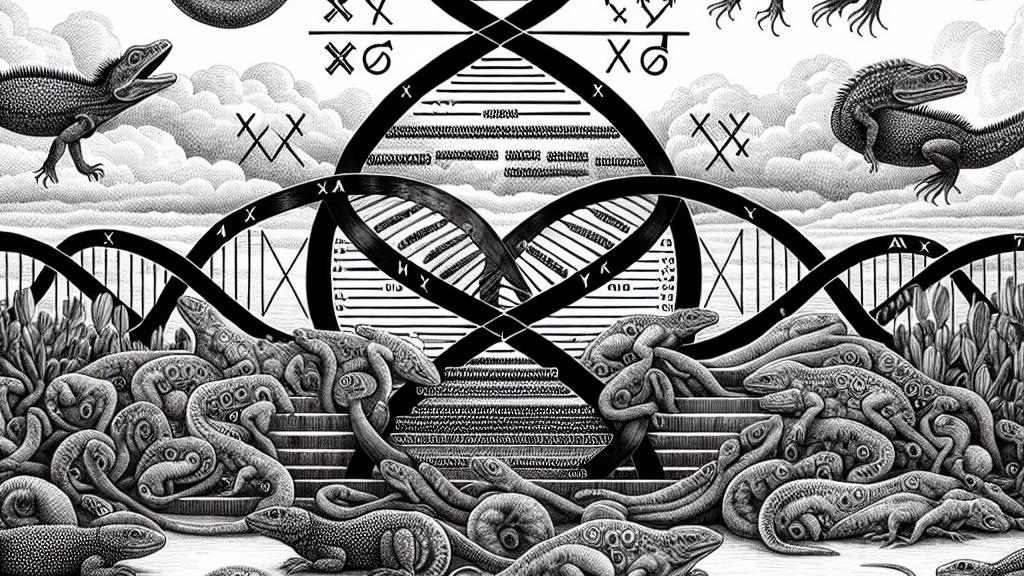Exploring the 1:1 Sex Ratio in Humans and Its Genetic Implications
Overview
- Humans maintain a remarkable 1:1 male-to-female birth ratio, standing out among many animal species.
- Innovative genetic studies investigate the intriguing factors behind this equilibrium.
- Fisher's principle unveils captivating insights into the evolutionary significance of this pattern.

Understanding the 1:1 Ratio
In an illuminating study from 2024, researchers revealed a fascinating truth: humans typically produce nearly equal numbers of male and female babies, maintaining a striking 1:1 sex ratio. This balance is a rare phenomenon in the animal kingdom, where many species face skewed sex ratios due to evolutionary and environmental pressures. For example, the common skewed ratio in certain reptiles, where females often outnumber males, differs significantly from human patterns. This equilibrium stems from the intricate nature of sex chromosomes; females inherit two X chromosomes, while males possess one X and one Y chromosome. The critical role of the SRY gene on the Y chromosome initiates male development, and its absence leads to female characteristics, showcasing the amazing complexity of biological systems at work.
Exceptions in Nature
Delving deeper into nature exposes us to a myriad of species that deviate from the expected 1:1 ratio. Take, for instance, the intriguing Antechinus stuartii, a diminutive marsupial that yields only about 32% male offspring at birth. Such deviations raise puzzling questions: Why is humanity so consistent in achieving a balanced ratio? Renowned evolutionary biologist Ronald Fisher offered groundbreaking insights into this conundrum. He theorized that should one sex become less common, those reproductive outputs will enjoy greater success, thus fostering a return to equilibrium. This self-correcting mechanism not only reflects the elegance of evolutionary adaptation but also emphasizes the intricate interdependencies that characterize ecological systems.
The Role of Genetic Variants
The pivotal genetic study of 2024 also highlights the fascinating influence of certain gene variants that could potentially disrupt the natural 1:1 sex ratio. These mutations carry the potential to significantly impact the viability of male or female embryos. For example, some individuals may harbor specific genetic traits that preferentially result in either male or female births, intricately weaving a complex narrative about human reproduction. This discovery reinforces that human sex ratios aren't solely dictated by chromosome distribution; rather, they are deeply influenced by a complex interplay of genetic and evolutionary factors. Ultimately, exploring human sex ratios not only deepens our biological understanding but also enriches our appreciation for the intricate tapestry of life that surrounds us.

Loading...